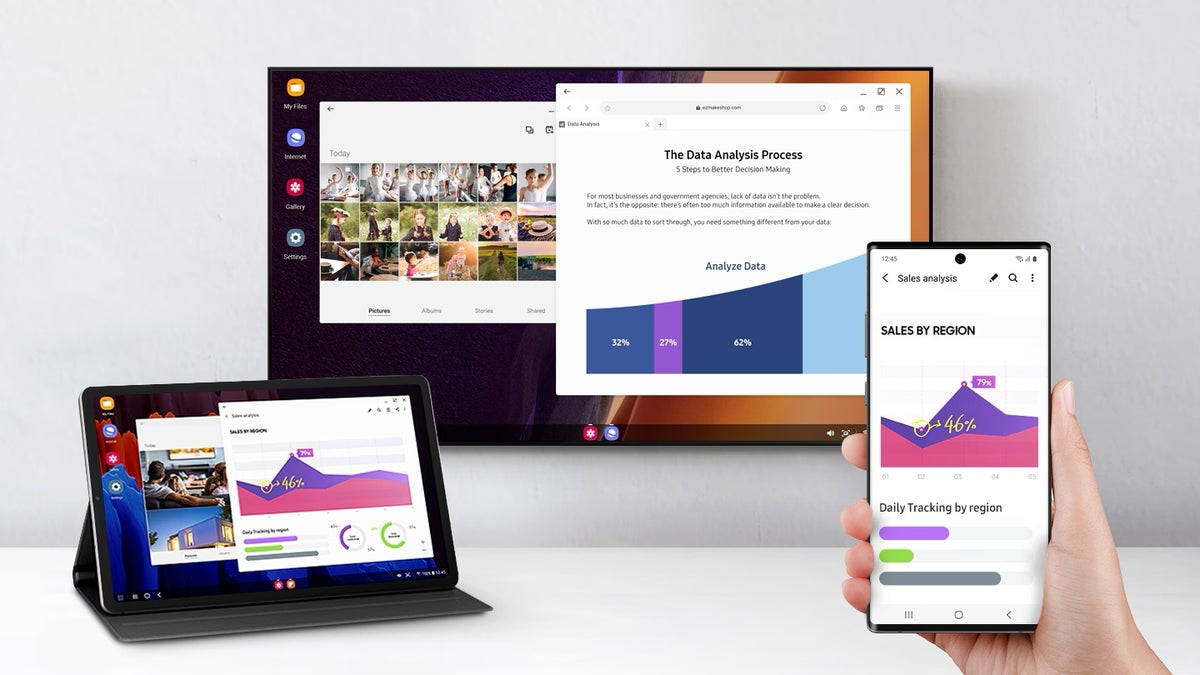Samsung DeX, which first launched with the Galaxy S8 in 2017, allows supported Galaxy phones to connect to an external display and offer a desktop-style interface. With the arrival of One UI 8 and Android 16, Samsung is building DeX on top of Android’s new native desktop mode, which Google officially introduced at I/O 2025.
Although Android’s desktop mode is still in beta, Samsung’s version in One UI 8 appears more refined. The new DeX experience is currently available on the Galaxy Z Fold 7 and Z Flip 7, and early impressions suggest that most of the core DeX interface remains intact.
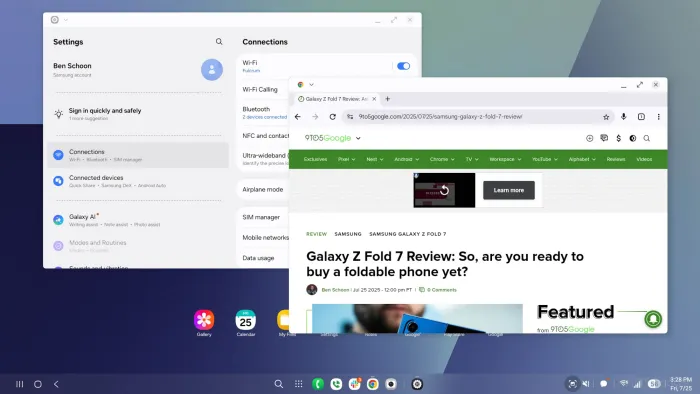
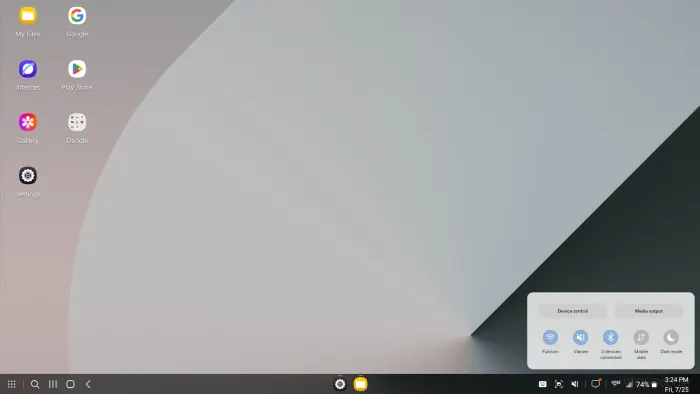
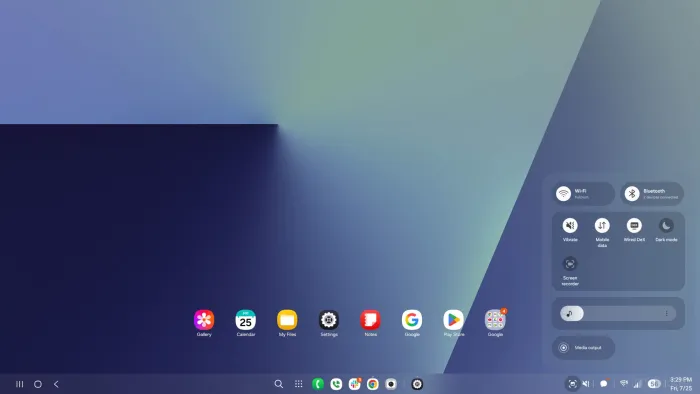
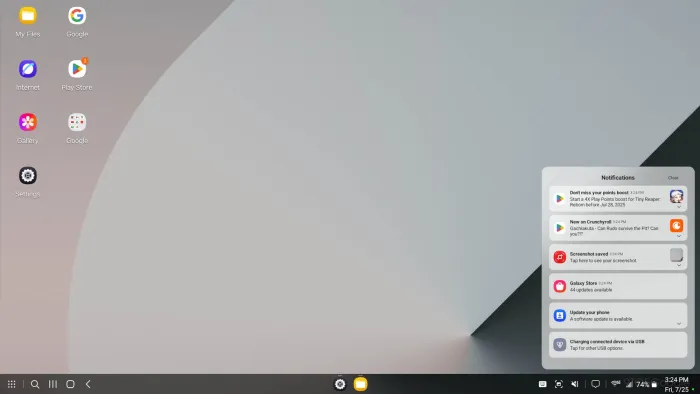
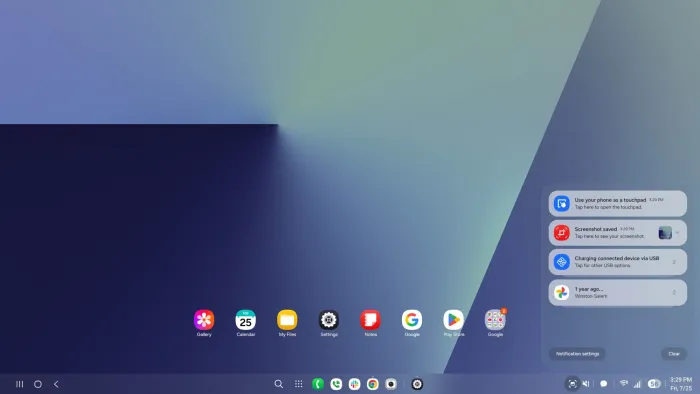
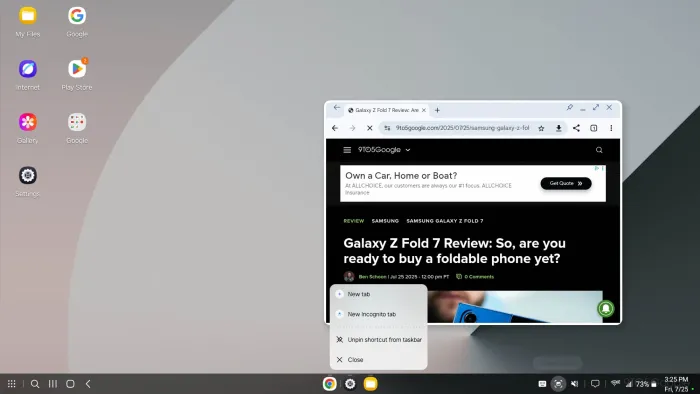
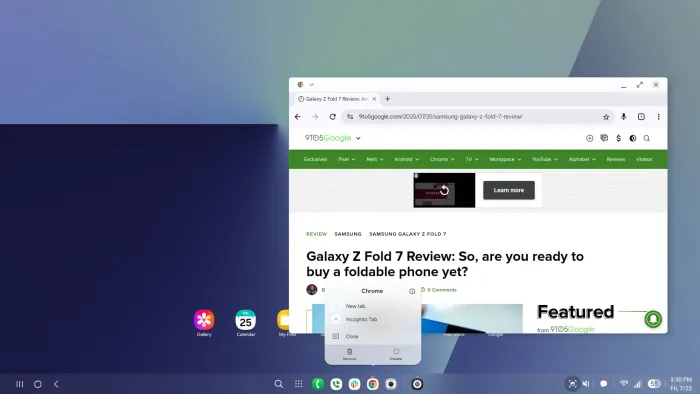
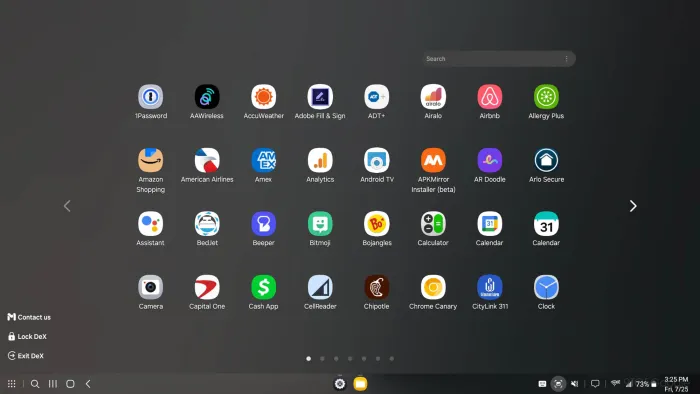
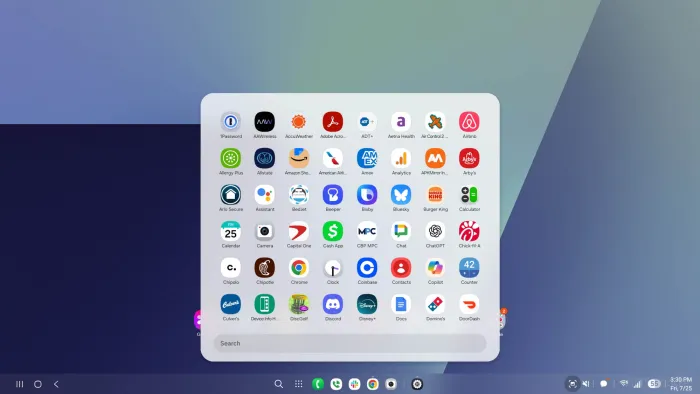
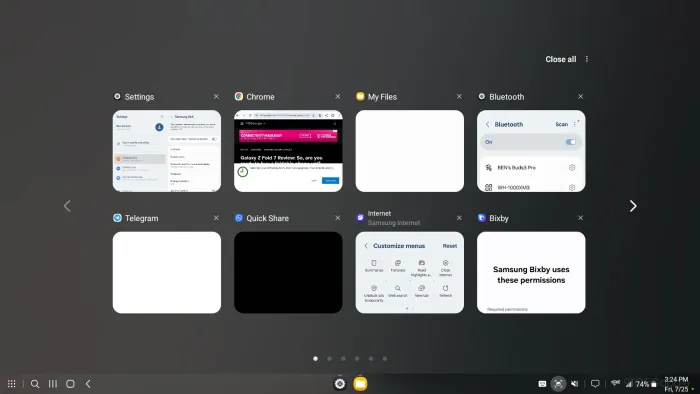
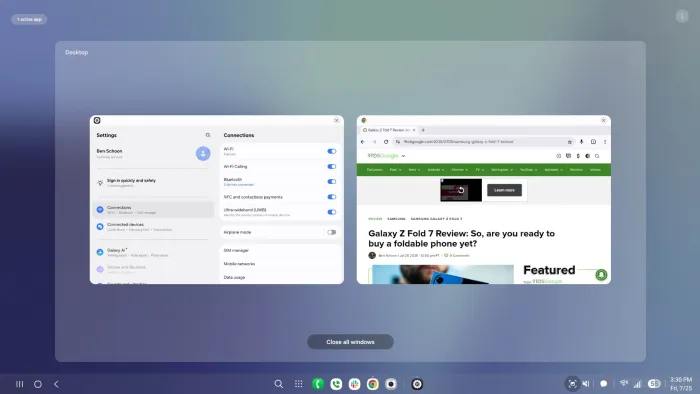
Samsung has also changed how the taskbar behaves. It now reflects the docked apps from the phone’s home screen. This mirrors some of the changes Google introduced in Android 16 QPR1, signaling tighter integration between Samsung’s implementation and Android’s native support.
A deeper look also pointed out other tweaks: right-click menus on the desktop and taskbar have been reduced, some UI elements now stay visible when video apps are in fullscreen, and the ability to pin apps to windows has been removed. These may be small changes, but they affect users who heavily customize their DeX setup.
Despite a few missing features from Samsung’s older DeX versions, the new version running on Android 16 feels more stable and modern. Compared to Google’s stock desktop mode, DeX still comes across as the more polished solution. That said, DeX continues to serve a niche user base, and most people using it likely won’t be affected by these small differences.
As we see more Galaxy phones and tablets adopt One UI 8 in the coming months, it will be worth watching whether Samsung expands this new DeX experience to other devices or keeps it limited to its newest foldables.
